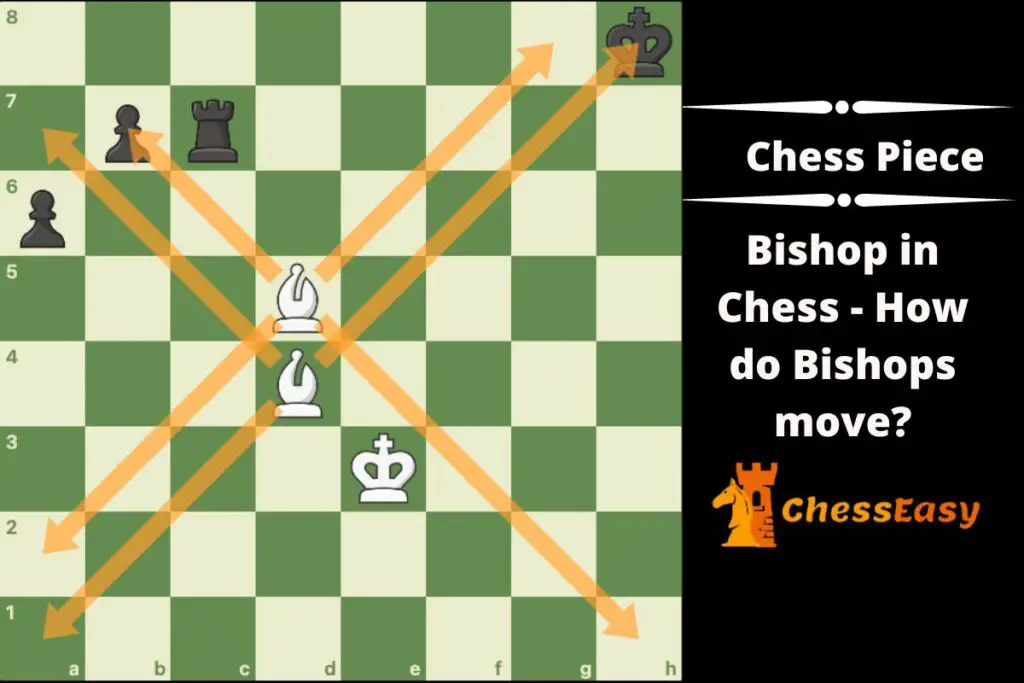
in chess How does move in chess? ChessEasy
The fianchetto is a specialized series of moves used in chess to rapidly advance the bishop. A pawn on the b or g file is advanced one or two squares as the opening step of the fianchetto. By advancing the pawn the bishop in chess gains access to the second tier of the board. It is a strong counter to king castling and immediately takes over.
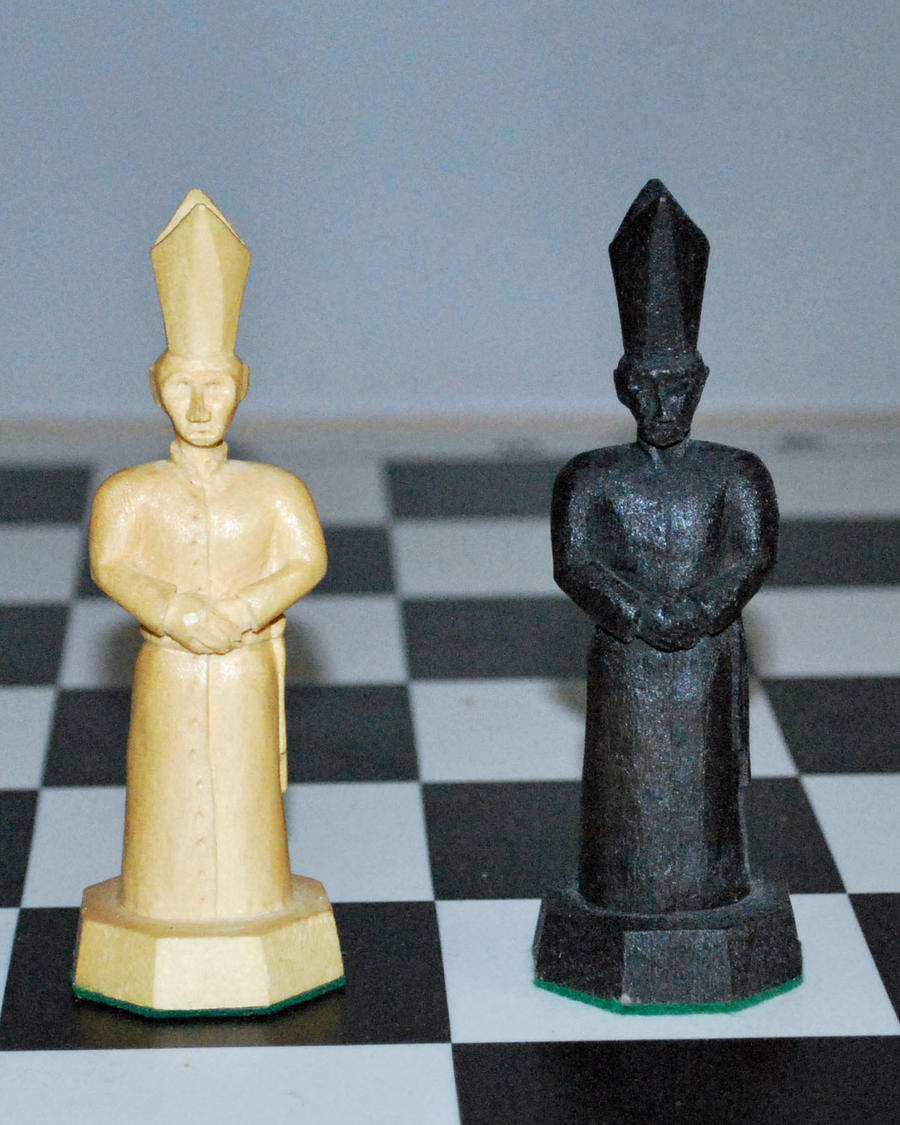
Chess by Itsmerick on DeviantArt
The bishop is a unique and versatile chess piece that plays a crucial role in the game. With its ability to move diagonally in any direction, the bishop has the potential to control a wide range of squares on the chessboard. Its strategic value greatly depends on the nature of the game, whether it is open or closed.

How does the Move in Chess?
Bishop: 3 Points. A chess bishop is a piece that can move diagonally. It's like an advanced knight in the game of chess, but it only moves diagonally and cannot jump over pieces. Bishops are usually used to control important diagonals on the board at any given time. They're also very powerful when defending against other bishops because.

Chess Piece Png, Transparent Png , Transparent Png Image PNGitem
The bishop, with its unmistakable diagonal movement and unique design, is a chess piece imbued with complex symbolism and meaning. Its presence on the chessboard invokes themes of religion, wisdom, diplomacy, and strategy. In this blog, we'll uncover the layers of symbolism behind the bishop and its role in the multifaceted world of chess.
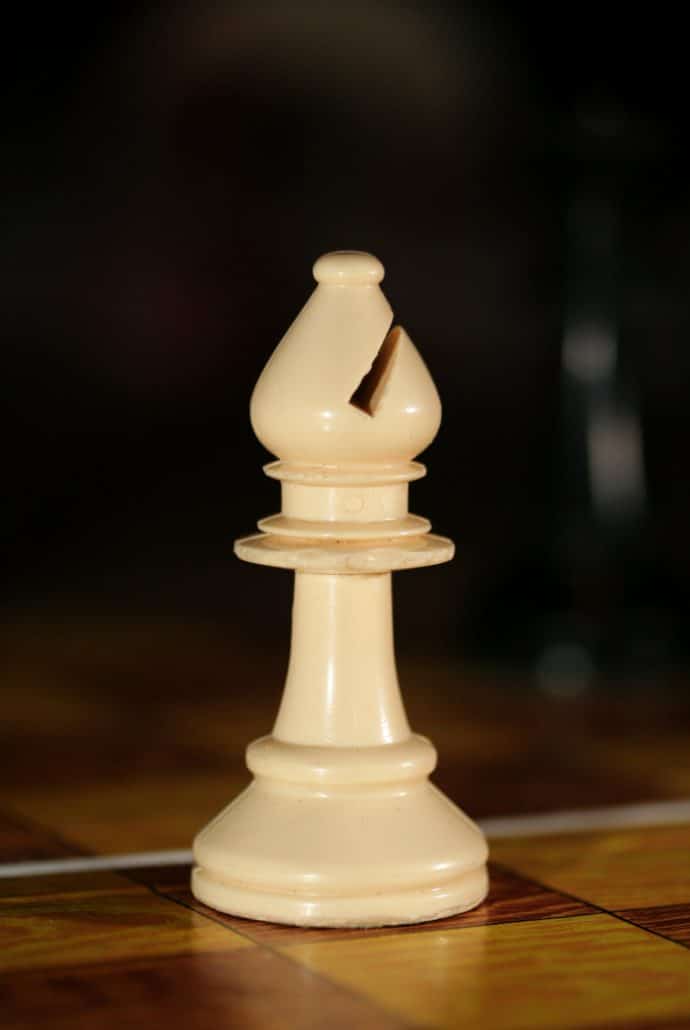
Chess Piece Meaning Alberto Chueca High Performance Chess Academy
The bishop (♗, ♝) is a piece in the game of chess. It moves and captures along diagonals without jumping over intervening pieces. Each player begins the game with two bishops. The starting squares are c1 and f1 for White's bishops, and c8 and f8 for Black's bishops. This article uses algebraic notation to describe chess moves.

This! 20+ Facts About Chess After you've learned the basic rules of chess, understanding
How The Bishop Moves. The bishop is interesting because it never moves straight forward, backward or side to side. It cannot hop over other pieces like a knight. The bishop moves only on diagonals. The bishop moves diagonally! Every bishop is confined to half of the board, as it can move only on its respective light or dark squares.

modèle 3D de Chess Piece TurboSquid 1670909
The bishop can be a key piece in executing various tactics and strategies in chess. One effective use is to position the bishop to control the center of the board, allowing it to exert influence over a wide range of squares and limiting the opponent's freedom of movement. Creating open diagonals for the bishop is another important strategic.
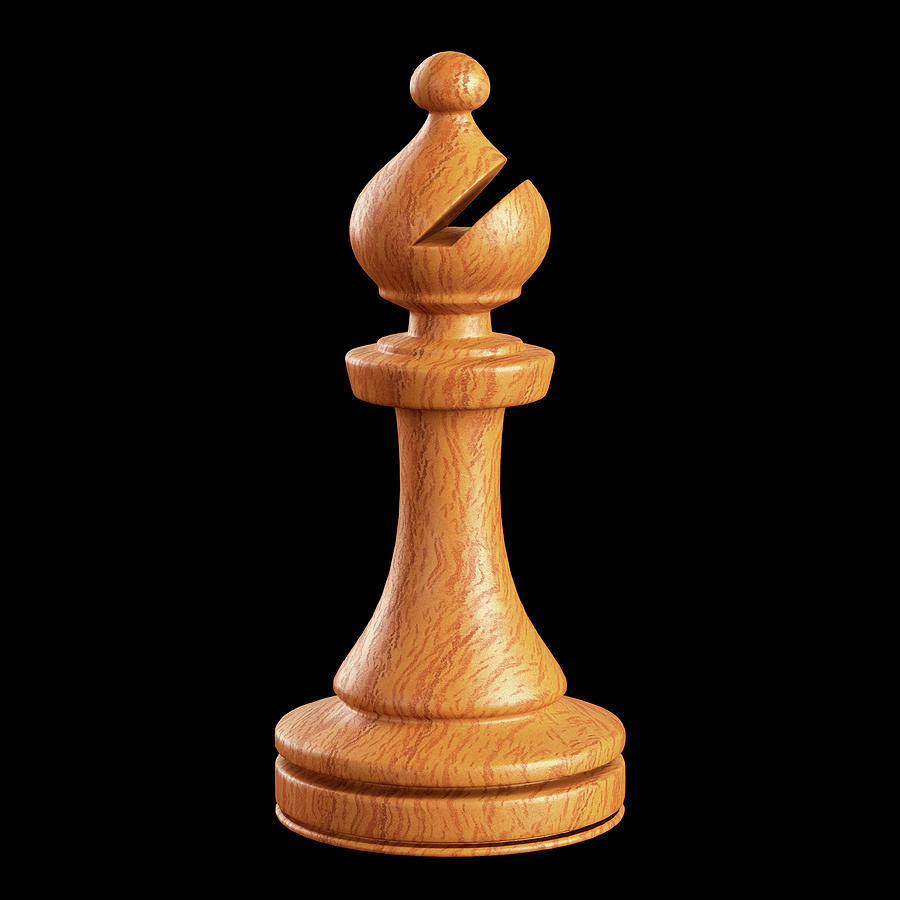
Chess Piece Photograph by Ktsdesign Pixels
Learn 3 Main Ways To Improve Your Chess Results SignificantlyFREE Masterclass https://chess-teacher.com/masterclassTake Your Chess Skills To The Next Level.

What Is A In Chess?
Bishop Chess is a variant of the classic game of chess that is played on a board with 8×8 squares. The goal of the game is to checkmate the opponent's king, and it is usually played between two players. Bishop Chess differs from traditional Chess in that each side has four bishops instead of two knights. The bishops can move diagonally any.
BarakasChess piece White Wikipidia basa Banjar, insiklupidia bibas
Bishops can move back and forth in chess. Your Bishop can move on any diagonal of its color as many moves as you want as long as the path is clear of other pieces. However, the bishop may only travel diagonally in one direction for each move, so if you need to go back and forth, you will need to go in one direction in one turn and then wait for.

In turn, Blacks c8-bishop is the light-squared bishop, whereas the f8-bishop will always move on the dark squares. In the starting position the bishops are surrounded by knights, pawns, as well as the king, and queen. Bishop Movement in Chess. The rules of chess state, that the bishop can move any number of (unoccupied) squares in a diagonal.

Chess The Complete Guide To Using in Chess
The "-etto" means little and "fianco" is flank or side) In chess, the fianchetto is a way to develop the Bishop to the side. You do it by moving the g-pawn or b-pawn one square and then putting a Bishop behind it. When the long diagonal is opened, the bishops can be very strong there. Here, both white Bishops are fianchettoed below.
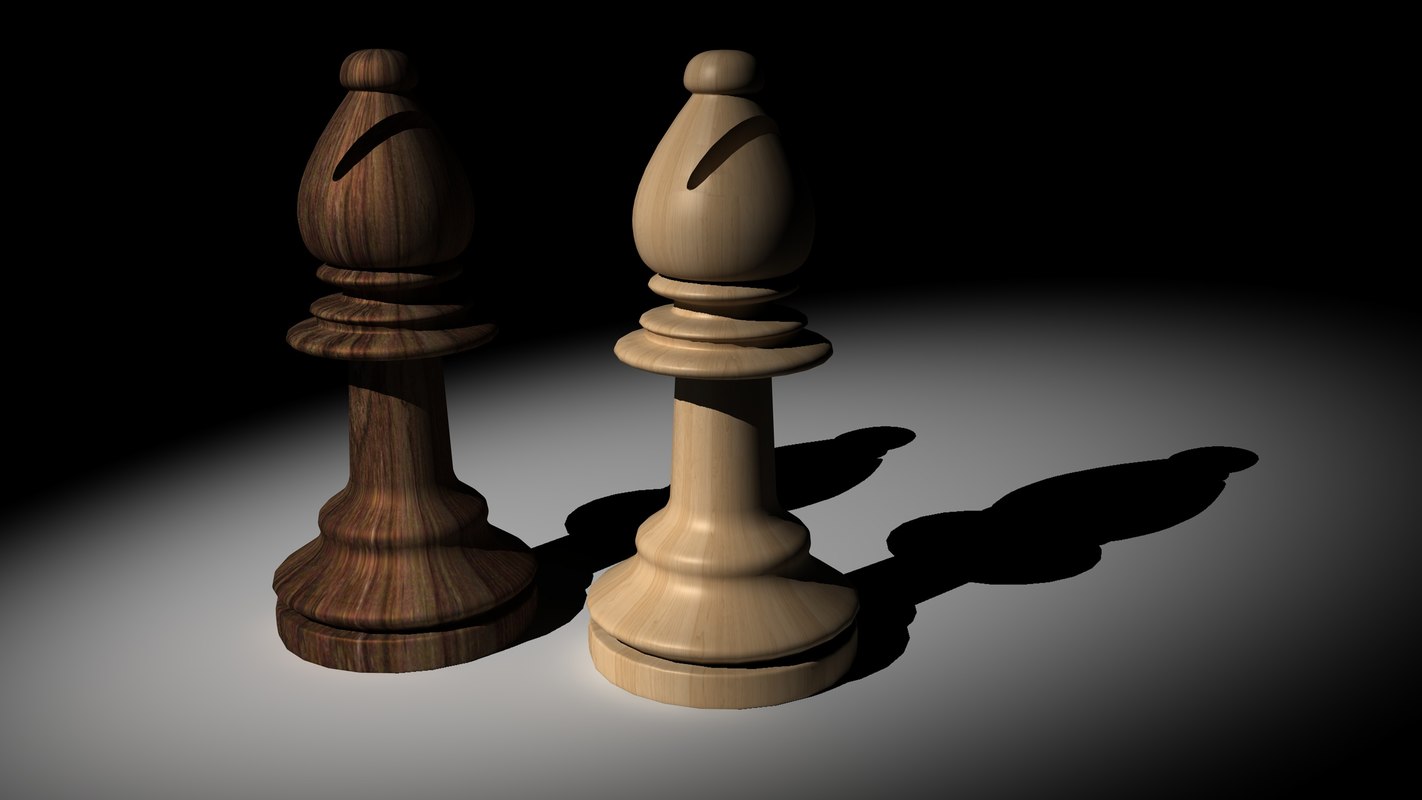
Materials Other chess
1. The Bishop is a powerful combination with The Rook. The bishop can be a powerful asset in chess because it's a combination piece with the rook. The bishop is one of the only pieces in chess that can attack diagonally, which makes it extremely useful for attacking every player on the board. Additionally, the rook can attack at any distance.
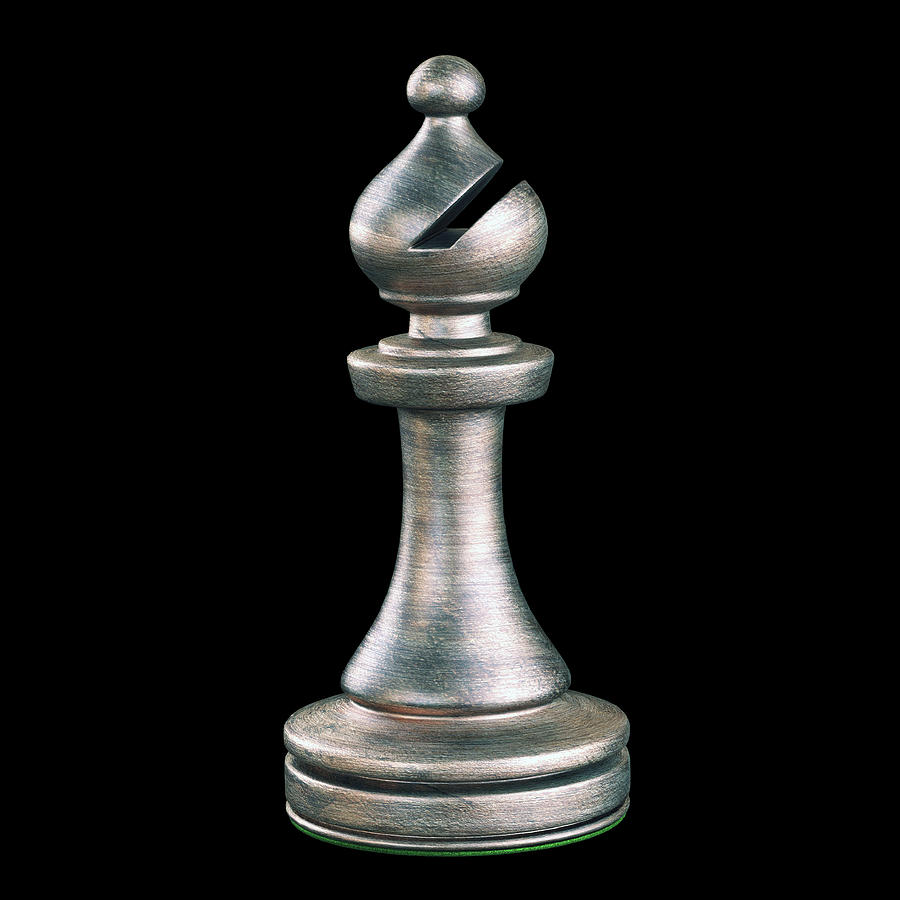
Chess Piece Photograph by Ktsdesign Pixels
A bishop moves in straight lines on the diagonals, both forward and backward. In chess, each player has two bishops; one moves only on the light squares, and the other moves only on the dark squares. As you can see in the above image, the bishop on a light-colored square can only move on the light-colored squares along the diagonals.

Isolated Chess Stock Photo Image 2181840
The Bishop. coach. The bishop can move diagonally like a queen, but not forward, backward, or sideways. Each side starts with two bishops, one on a light square and one on a dark square.

Staunton Chess pieces, chess, Chess
The bishop is a long range chess piece that can be surprisingly powerful if properly deployed. After you've learned the basic rules of chess, understanding the movements and tactics of a bishop will help you develop a balanced and complete chess game. The bishop is a long range chess piece that can be surprisingly powerful if properly deployed.